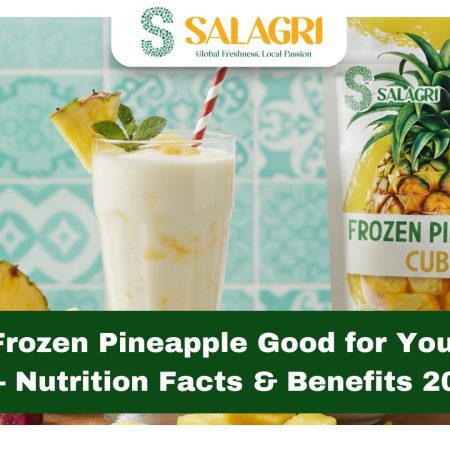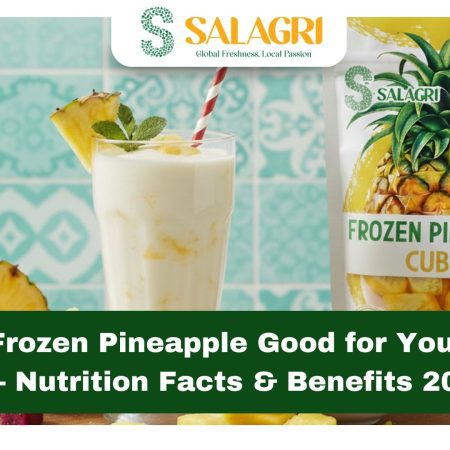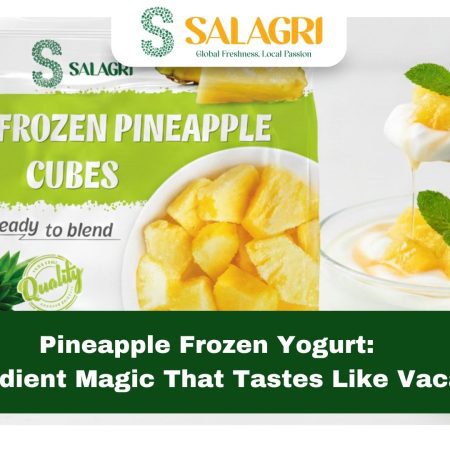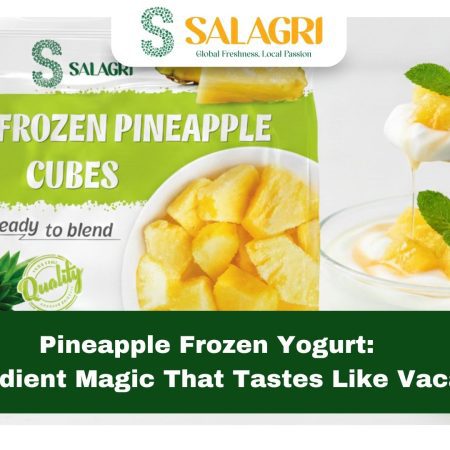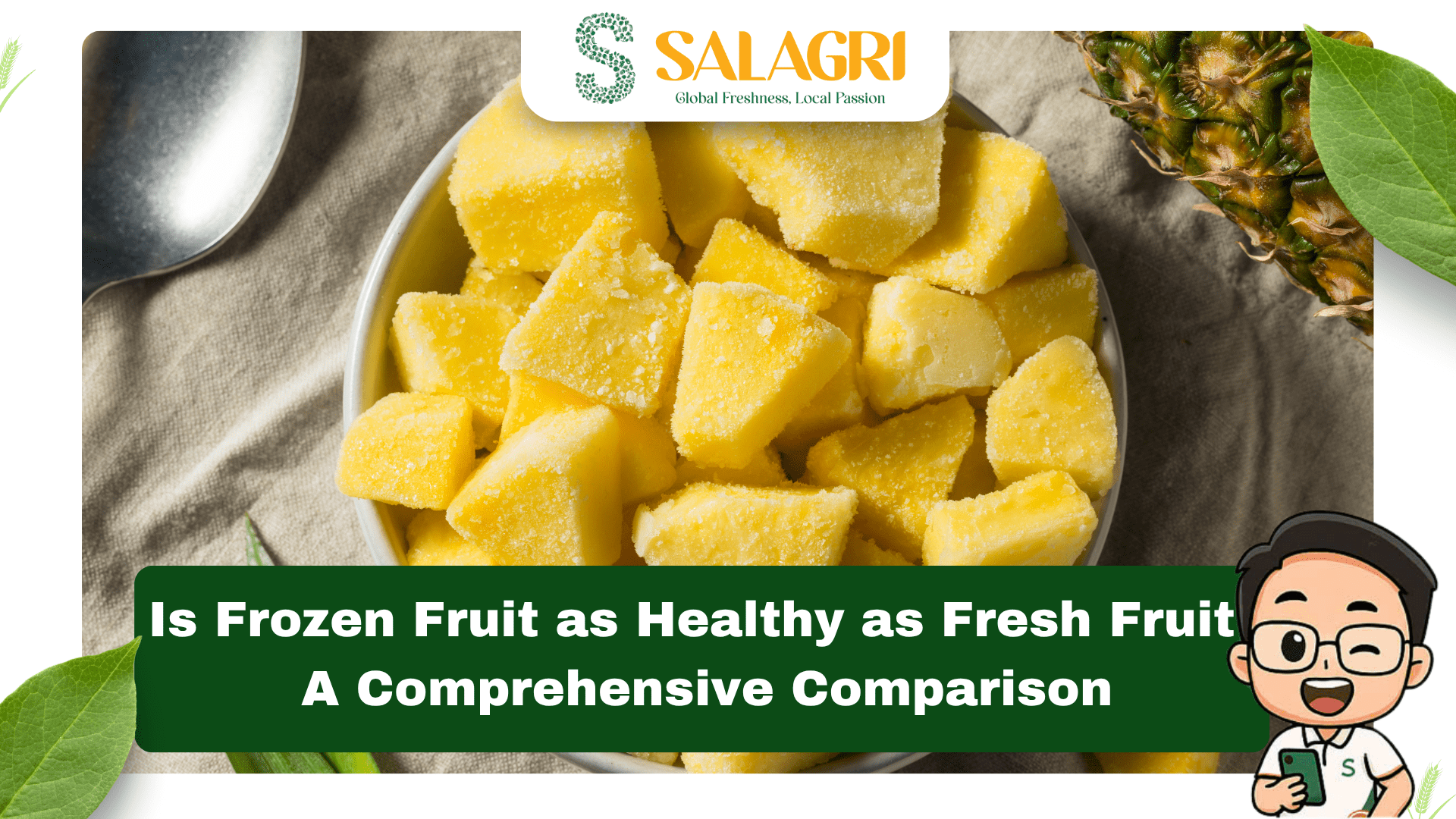
When it comes to maintaining a healthy diet, fruit is a cornerstone, packed with vitamins, antioxidants, and fiber. But a common question lingers: is frozen fruit as healthy as fresh fruit? With busy lifestyles and a growing demand for convenience, many people wonder if frozen fruit can match the nutritional benefits of fresh produce. This article explores the key differences between frozen and fresh fruit, covering nutrition, shelf life, taste, and practical applications. We’ll also spotlight SALAGRI Fruit, a leading IQF fruit supplier in Vietnam, known for its premium frozen fruits and vegetables. Whether you’re a home cook or a business owner, this guide will help you decide which option suits your needs.
Understanding the Nutritional Value: Frozen vs. Fresh Fruit
The question is frozen fruit as good as fresh often boils down to nutrition. Let’s examine how each stacks up.
Fresh Fruit: Nature’s Original
Fresh fruits, such as apples, berries, or mangoes, are harvested at their peak ripeness, offering a natural burst of flavor and nutrients. They’re rich in:
- Vitamin C: Essential for immune health, skin vitality, and iron absorption.
- Antioxidants: Phenolics and flavonoids that combat free radicals, potentially lowering the risk of chronic conditions like heart disease.
- Fiber: Supports digestion and helps maintain healthy blood sugar levels.
However, fresh fruit’s nutrient content isn’t static. Vitamin C, for instance, is sensitive to light, heat, and air, meaning it degrades the longer the fruit sits on a store shelf or in your fridge. If not consumed soon after harvest, fresh fruits may lose some of their nutritional potency.
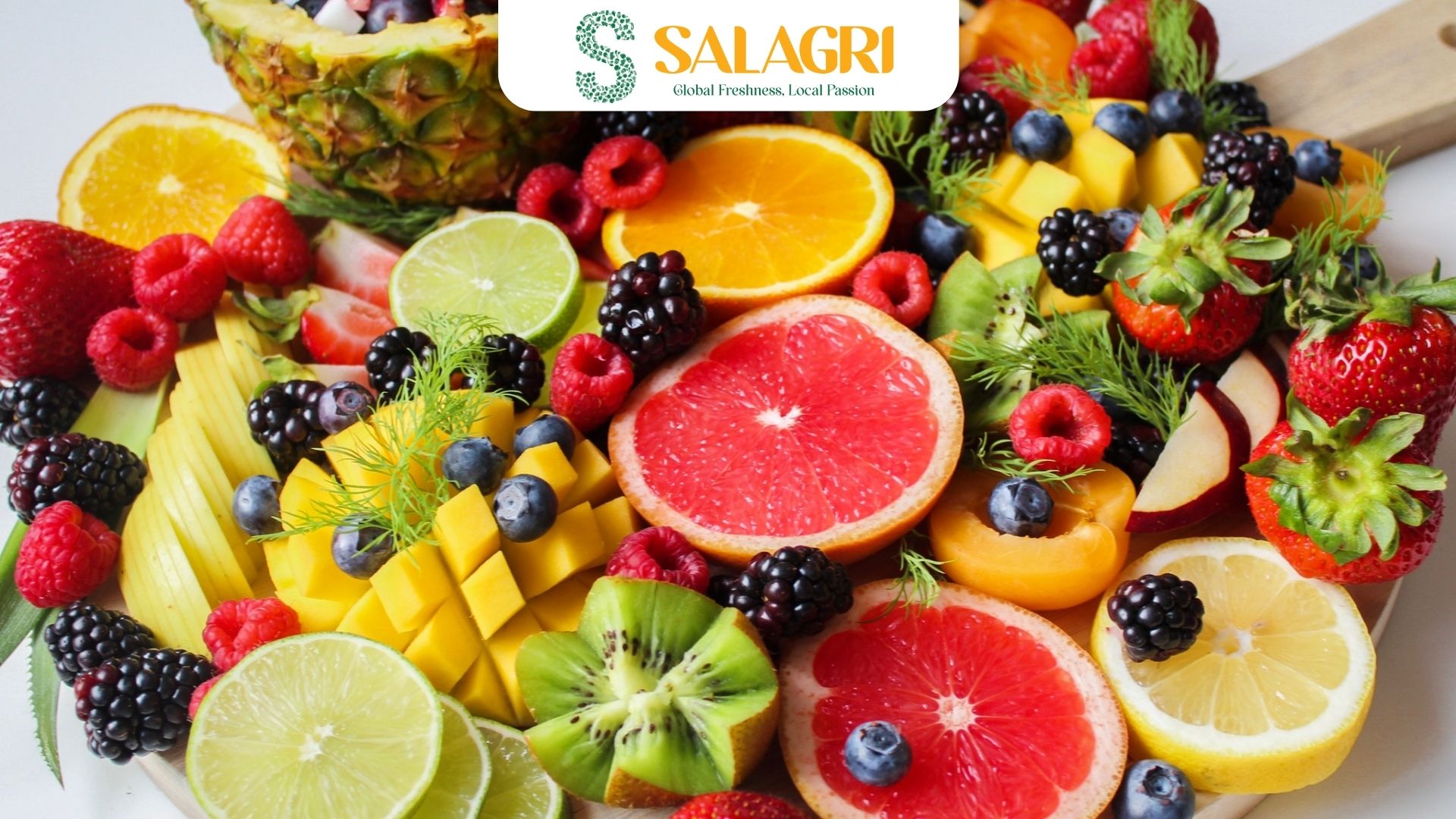
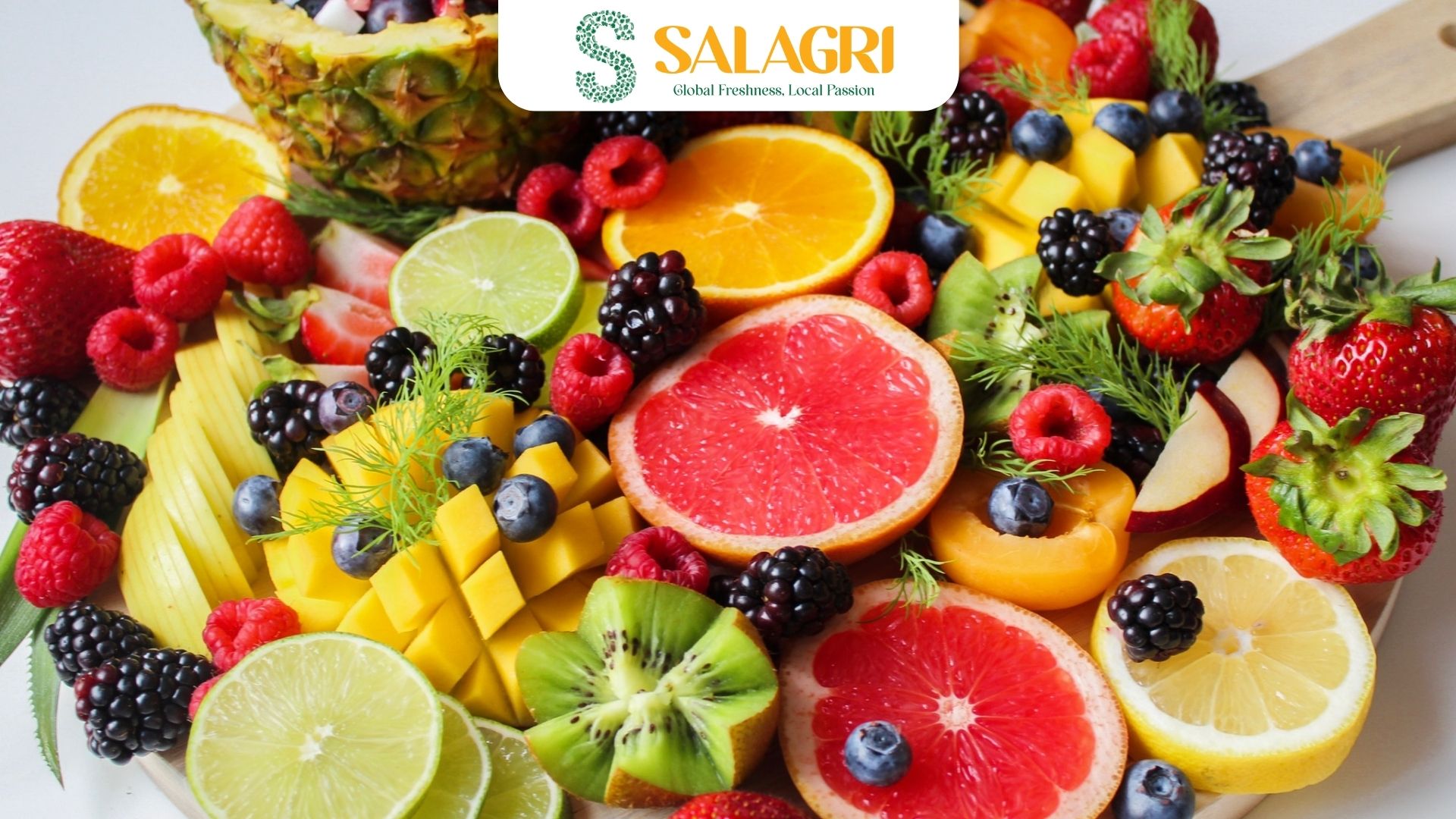
Frozen Fruit: Locking in Freshness
Frozen fruits, particularly those processed using Individually Quick Frozen (IQF) technology, are picked at peak ripeness and frozen rapidly to preserve their nutritional profile. SALAGRI Fruit, a global leader in frozen produce, uses advanced IQF methods to ensure fruits like mango, pineapple, and dragon fruit retain their vitamins, minerals, and antioxidants. Key points include:
- Minimal Nutrient Loss: The quick-freezing process limits the formation of large ice crystals, preserving cell structure and nutrients. While some fruits are blanched before freezing, which may slightly reduce water-soluble vitamins like vitamin C, the loss is minimal.
- Stable Nutrition: Unlike fresh fruit, frozen fruit doesn’t continue to ripen or degrade, meaning it can retain nutrients longer than fresh fruit stored for days.
Verdict: Frozen fruit can be just as nutritious as fresh, and in some cases, even more so, especially if fresh fruit has been stored for an extended period. SALAGRI’s frozen fruits and vegetables are a prime example of quality preservation, offering nutrient-rich options for smoothies, desserts, and more.
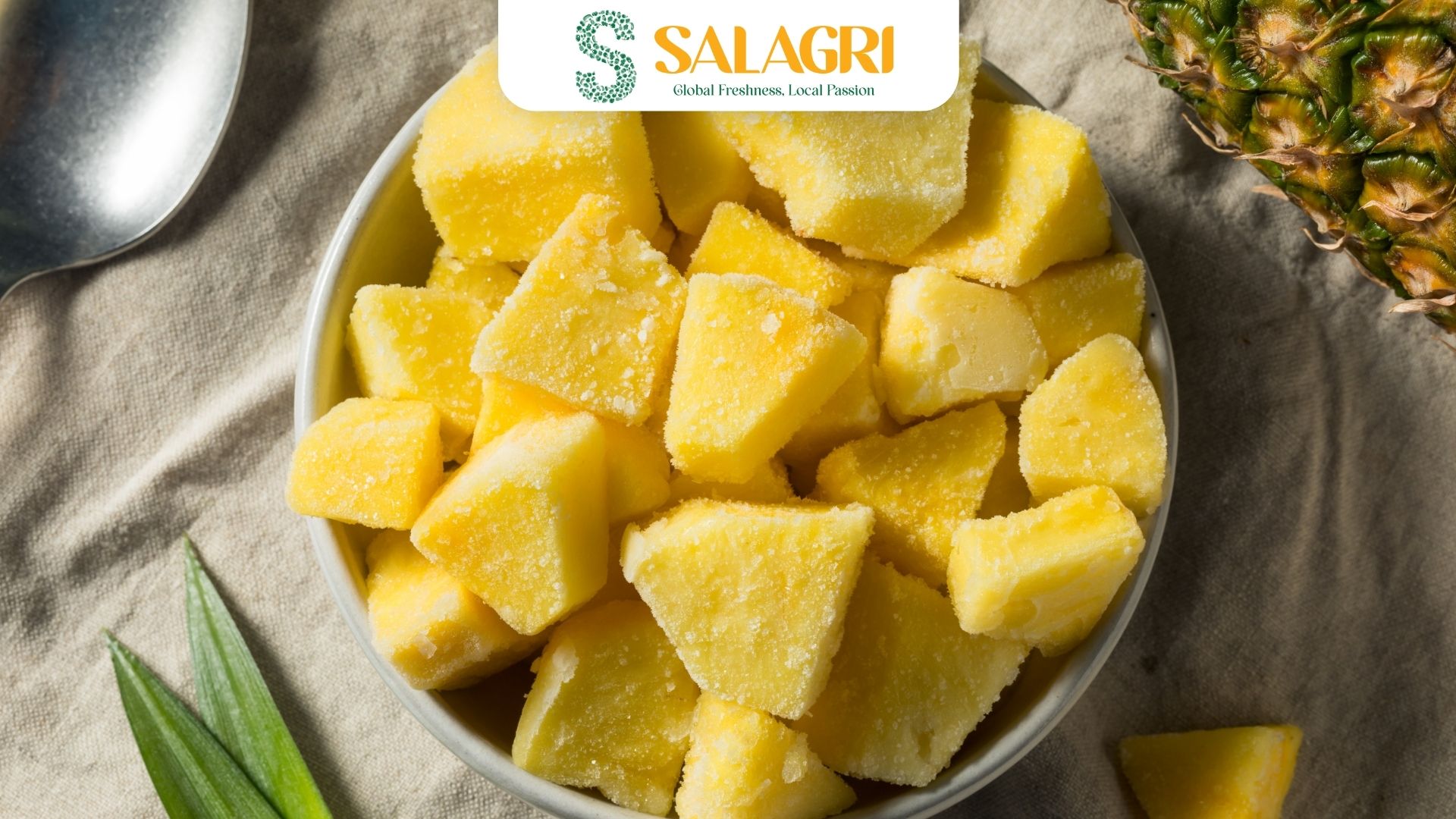
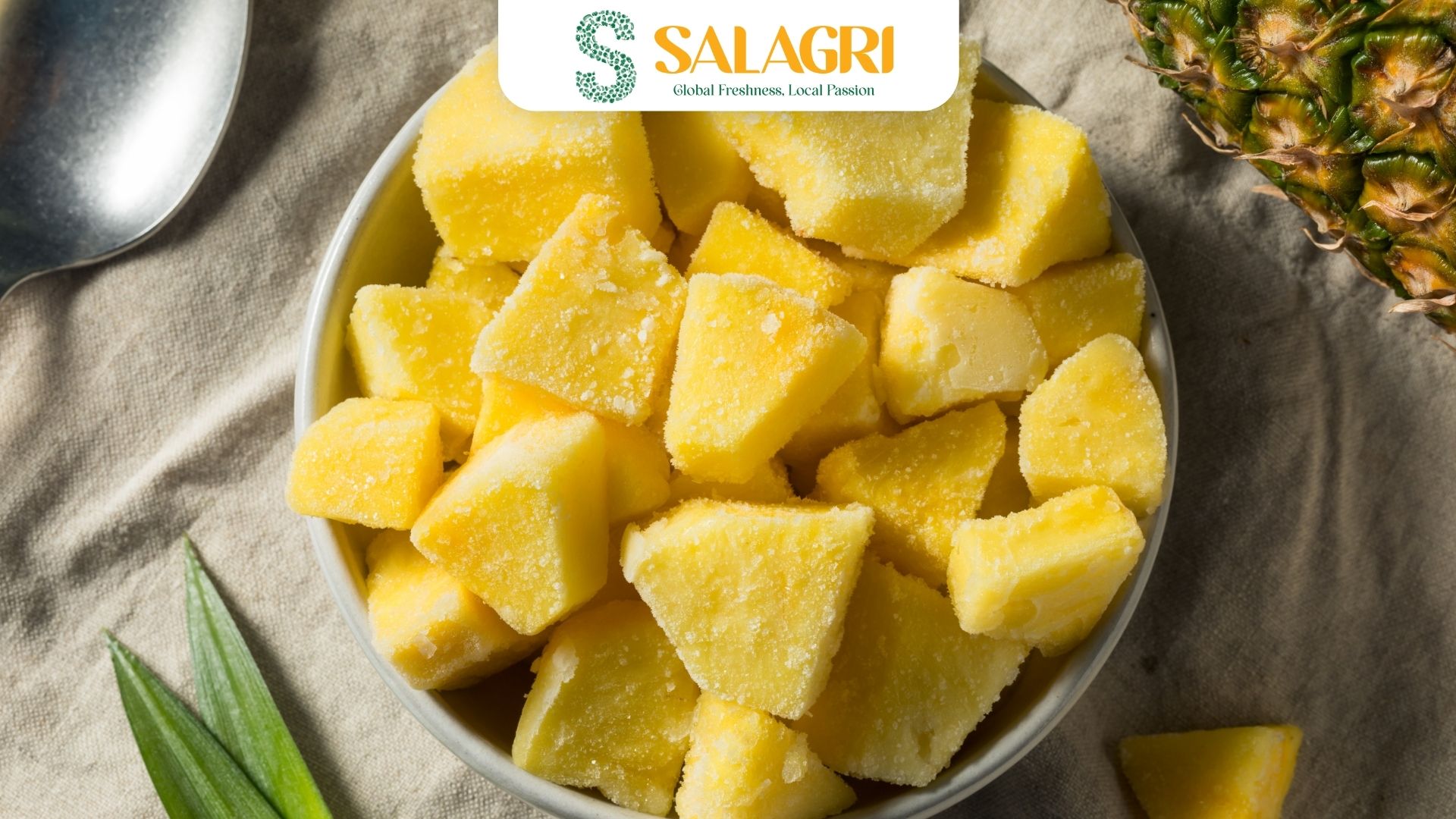
Shelf Life and Convenience: A Game-Changer
One of the most significant differences between frozen and fresh fruit is their shelf life and ease of use.
Fresh Fruit: Short-Lived and Labor-Intensive
Fresh fruits are perishable, with delicate varieties like berries or bananas lasting only a few days to a week before spoiling. This short shelf life can lead to food waste, especially for those with busy schedules. Additionally, fresh fruits require washing, peeling, and cutting, which can be time-consuming for meal prep.
Frozen Fruit: Long-Lasting and Ready-to-Use
Frozen fruits, like those from SALAGRI’s top 8 popular tropical frozen fruits, offer a shelf life of up to 24 months when stored at -18°C. This makes them ideal for stocking up without worrying about spoilage. SALAGRI’s IQF fruits come pre-washed, pre-cut, and packaged in convenient sizes (500g to 5kg), perfect for both home kitchens and foodservice businesses. Whether you’re blending a smoothie or baking a dessert, frozen fruits save time and effort.
Verdict: Frozen fruit excels in convenience and longevity, reducing waste and making it easier to enjoy fruits year-round, especially out-of-season varieties like mango or passion fruit.
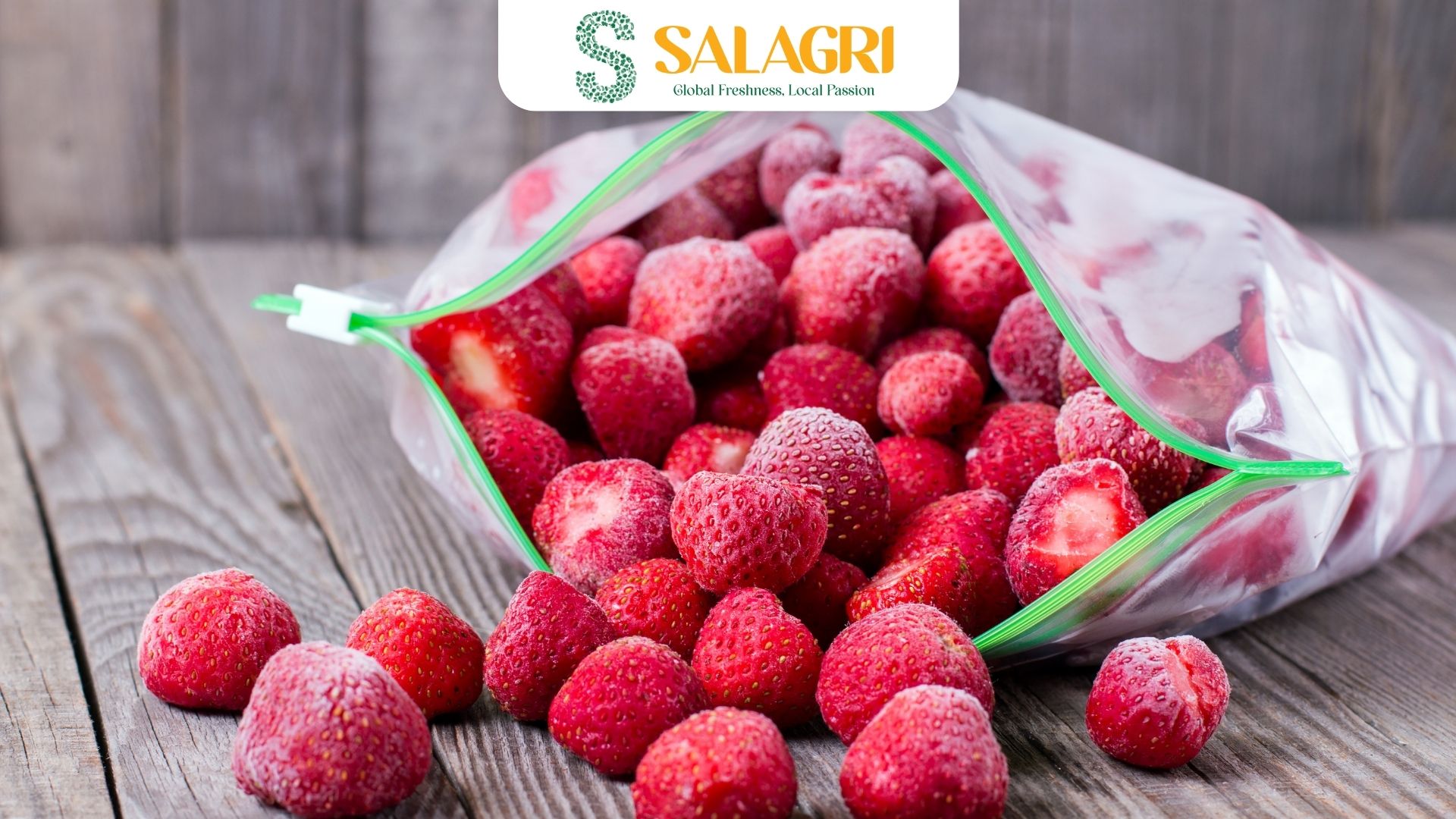
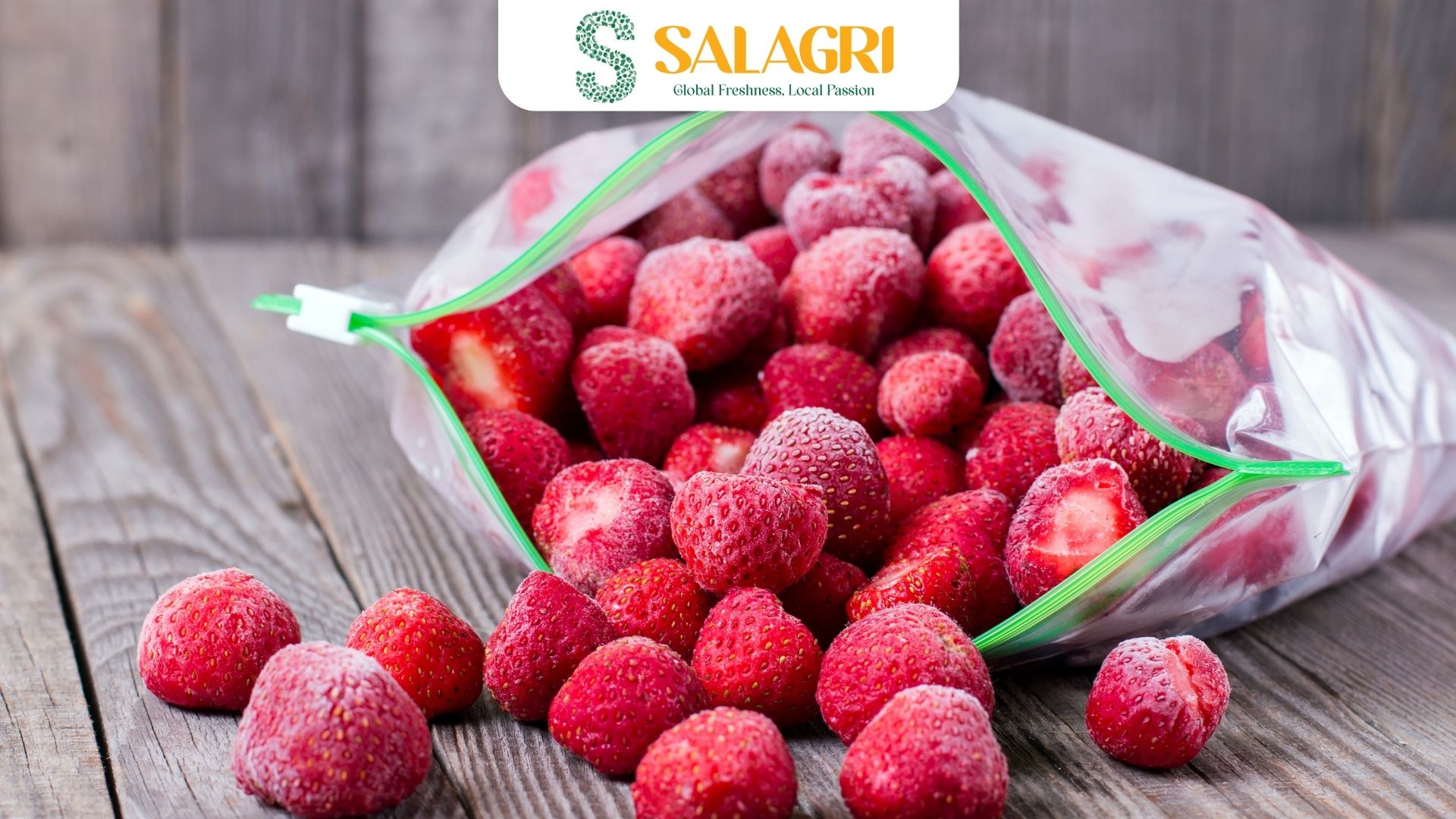
Taste and Texture: How Do They Compare?
Taste and texture are critical factors when deciding between frozen and fresh fruit.
Fresh Fruit: Crisp and Vibrant
Fresh fruits deliver a satisfying crunch and juicy burst of flavor. Think of a ripe peach or a handful of fresh strawberries—their texture and taste are unmatched for snacking or adding to salads and yogurt. However, the quality can vary if the fruit is picked too early or stored improperly, leading to lackluster flavor or texture.
Frozen Fruit: Versatile with a Twist
The freezing process can soften fruits when thawed, making them less ideal for raw snacking but perfect for cooked or blended dishes. SALAGRI’s top 6 IQF fruit ranges, such as fruit chunks, slices, and purees, are tailored for specific uses like smoothies, sauces, or baked goods. The taste of frozen fruit remains close to fresh, though some fruits, like strawberries, may have a slightly tarter profile post-freezing.
Verdict: Fresh fruit is the go-to for raw consumption, while frozen fruit shines in recipes where texture is less critical, offering consistent flavor and versatility.
Health Benefits: What Both Bring to the Table
Both frozen and fresh fruits are nutritional powerhouses, supporting overall health in various ways.
Fresh Fruit Benefits
- Hydration: High-water-content fruits like watermelon and oranges help keep you hydrated.
- Digestive Health: Fiber aids digestion and promotes feelings of fullness, supporting weight management.
- Natural Enzymes: Eating fruits raw preserves enzymes that aid digestion and gut health.
Frozen Fruit Benefits
- Year-Round Nutrition: Enjoy seasonal fruits like SALAGRI’s frozen dragon fruit or pineapple any time, with nutrients intact.
- No Additives: Unlike canned fruits, SALAGRI’s frozen fruits are 100% natural, free from added sugars or preservatives.
- Low-Calorie Option: Perfect for health-conscious diets, offering a nutrient-dense way to meet daily fruit intake.
Verdict: Both options deliver essential nutrients, making them equally valuable for a balanced diet. Your choice depends on how and when you plan to use the fruit.
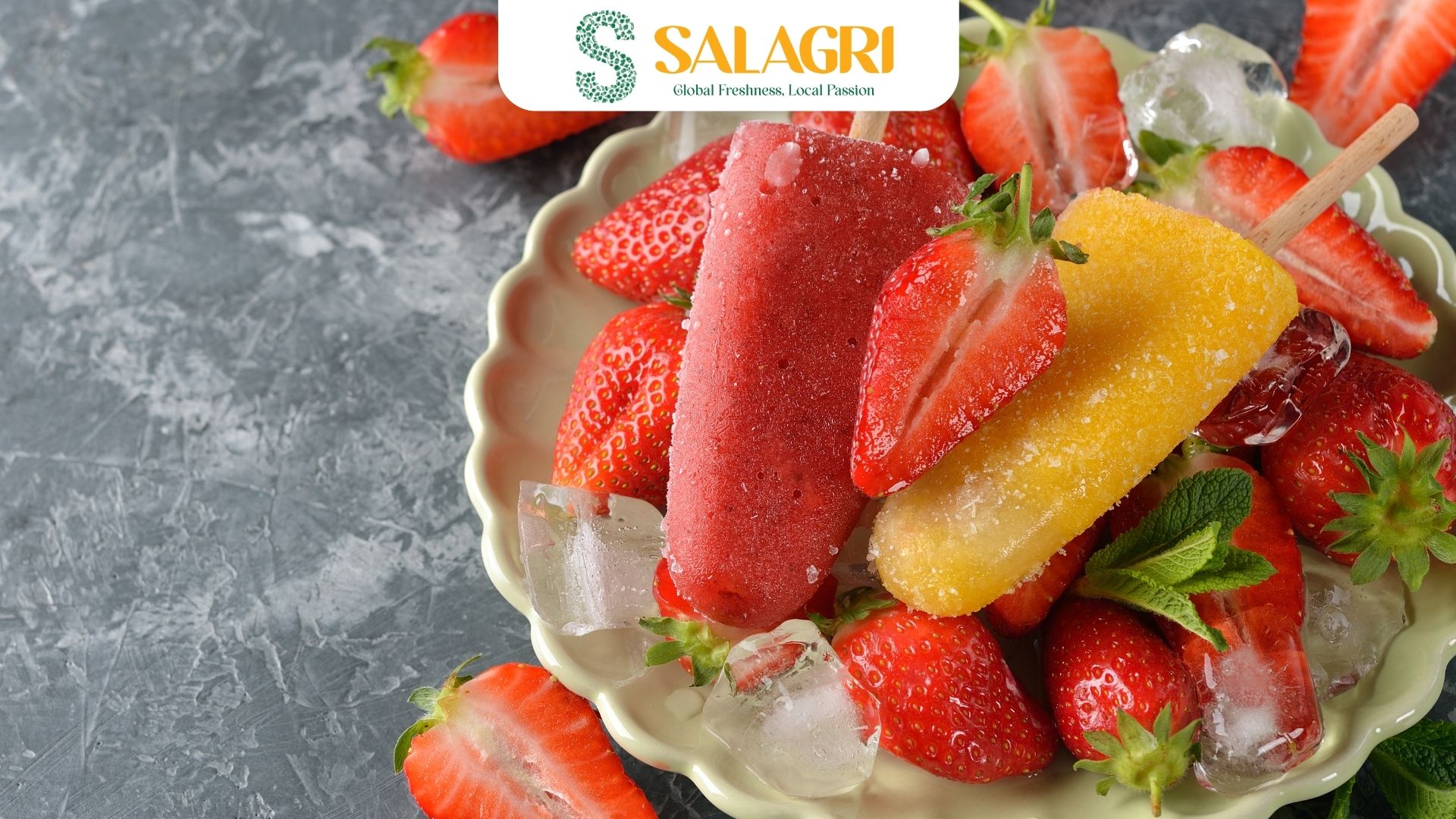
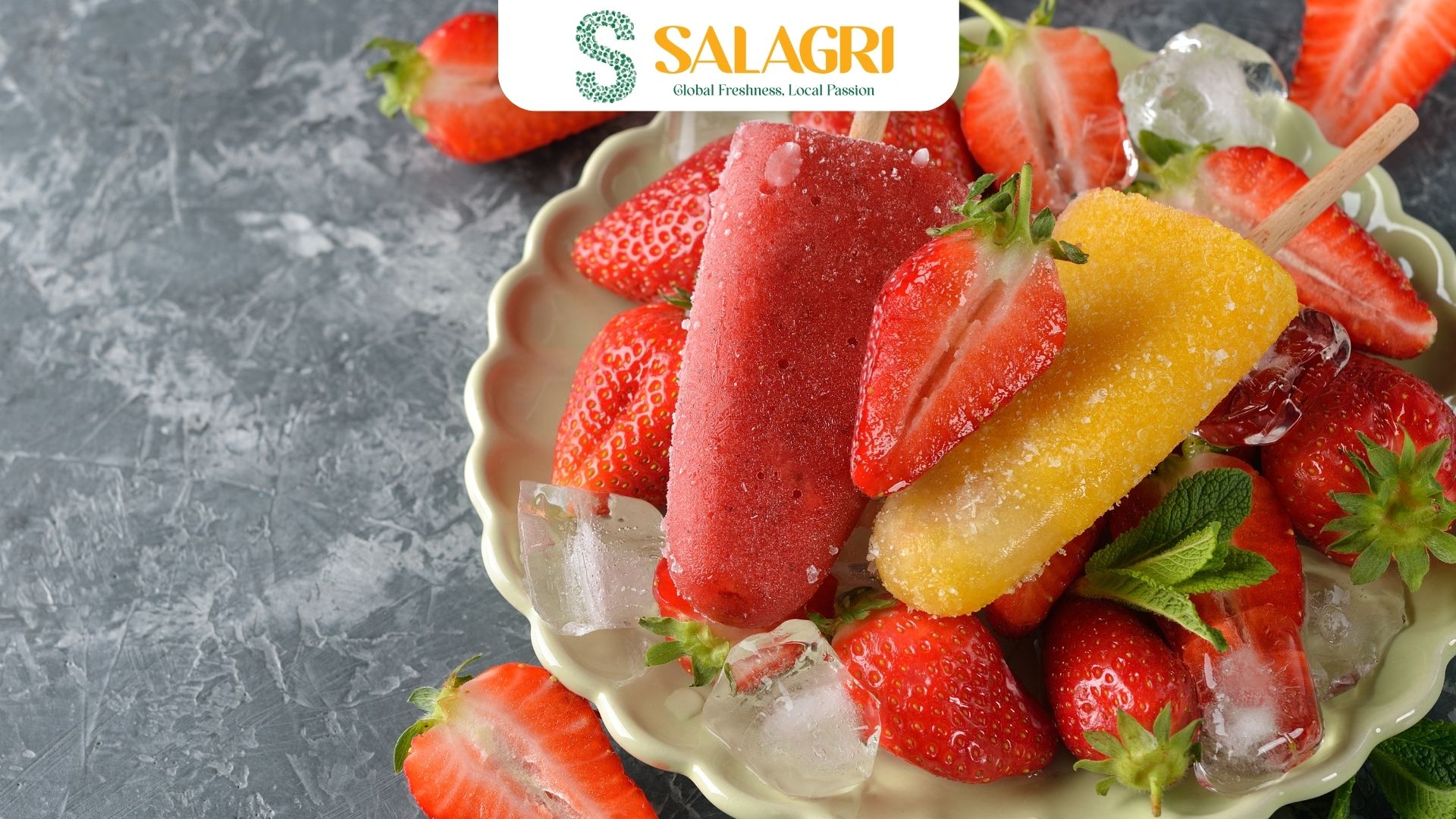
Frozen Fruit vs. Canned Fruit: A Quick Comparison
While fresh and frozen fruits are top choices, canned fruits are another option. However, they often contain added sugars or syrups, increasing calories without nutritional benefits. The canning process also leads to greater nutrient loss compared to IQF freezing. For a healthier alternative, SALAGRI’s frozen fruits and vegetables provide natural flavor and nutrition without compromises.
Why SALAGRI Fruit Stands Out
SALAGRI Fruit is a global leader in frozen fruits and vegetables, rooted in Vietnam’s fertile agricultural landscape. As a leading IQF fruit supplier in Vietnam, SALAGRI combines advanced technology with sustainable practices to deliver premium products. Here’s why they’re trusted worldwide:
- State-of-the-Art IQF Technology: Preserves the flavor, texture, and nutrients of fruits like mango, pineapple, and dragon fruit.
- Sustainability Focus: Partners with local farmers to promote eco-friendly farming and reduce waste.
- Global Certifications: Holds HALAL, BRC, FDA, FSSC, ISO, and HACCP certifications, ensuring compliance with international standards.
- Diverse Product Range: Offers everything from tropical frozen fruits to innovative IQF fruit ranges, including chunks, slices, and purees for various culinary needs.
SALAGRI’s commitment to quality makes their frozen fruits a top choice for consumers and businesses alike, from smoothie shops to high-end restaurants.
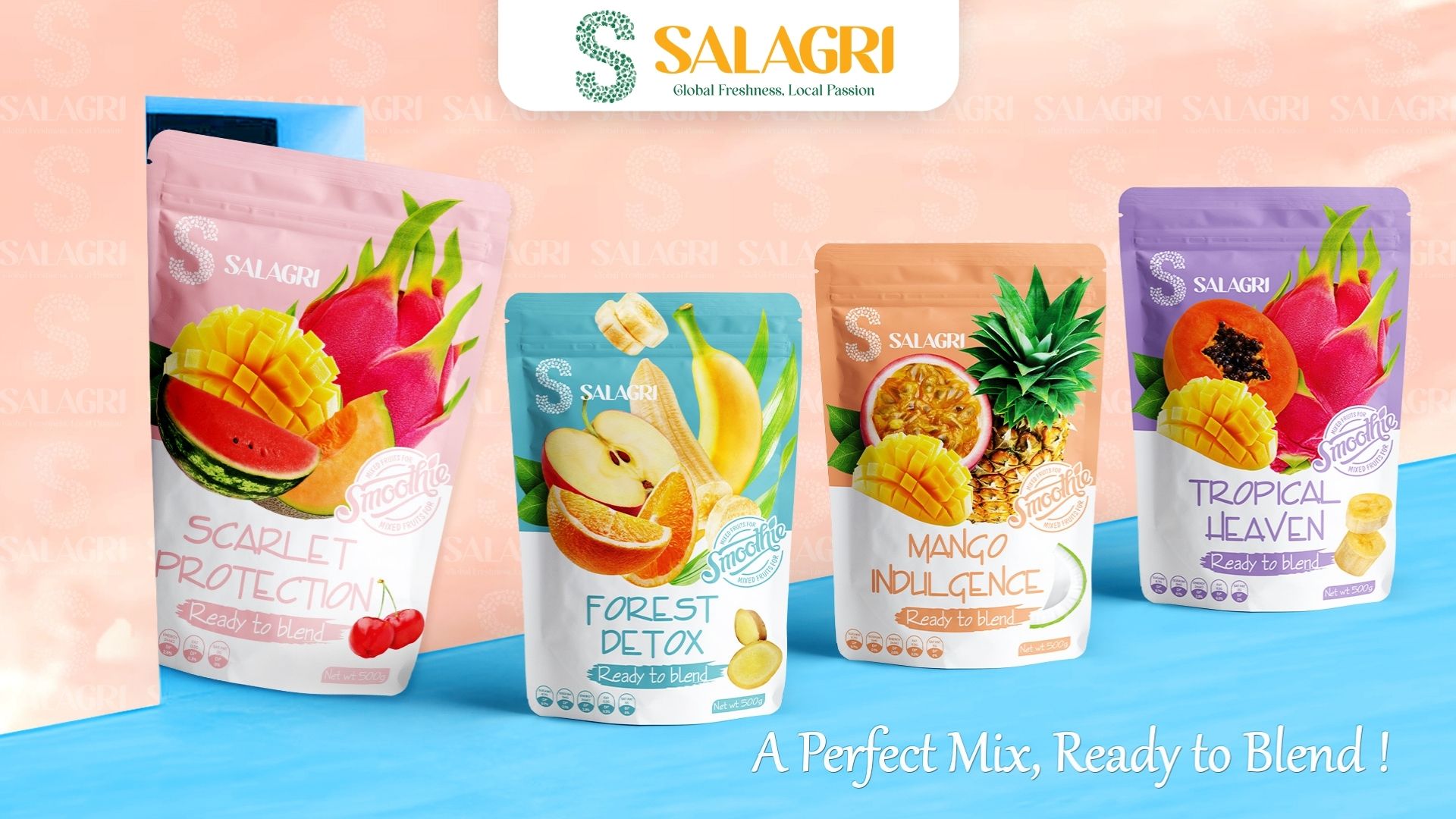
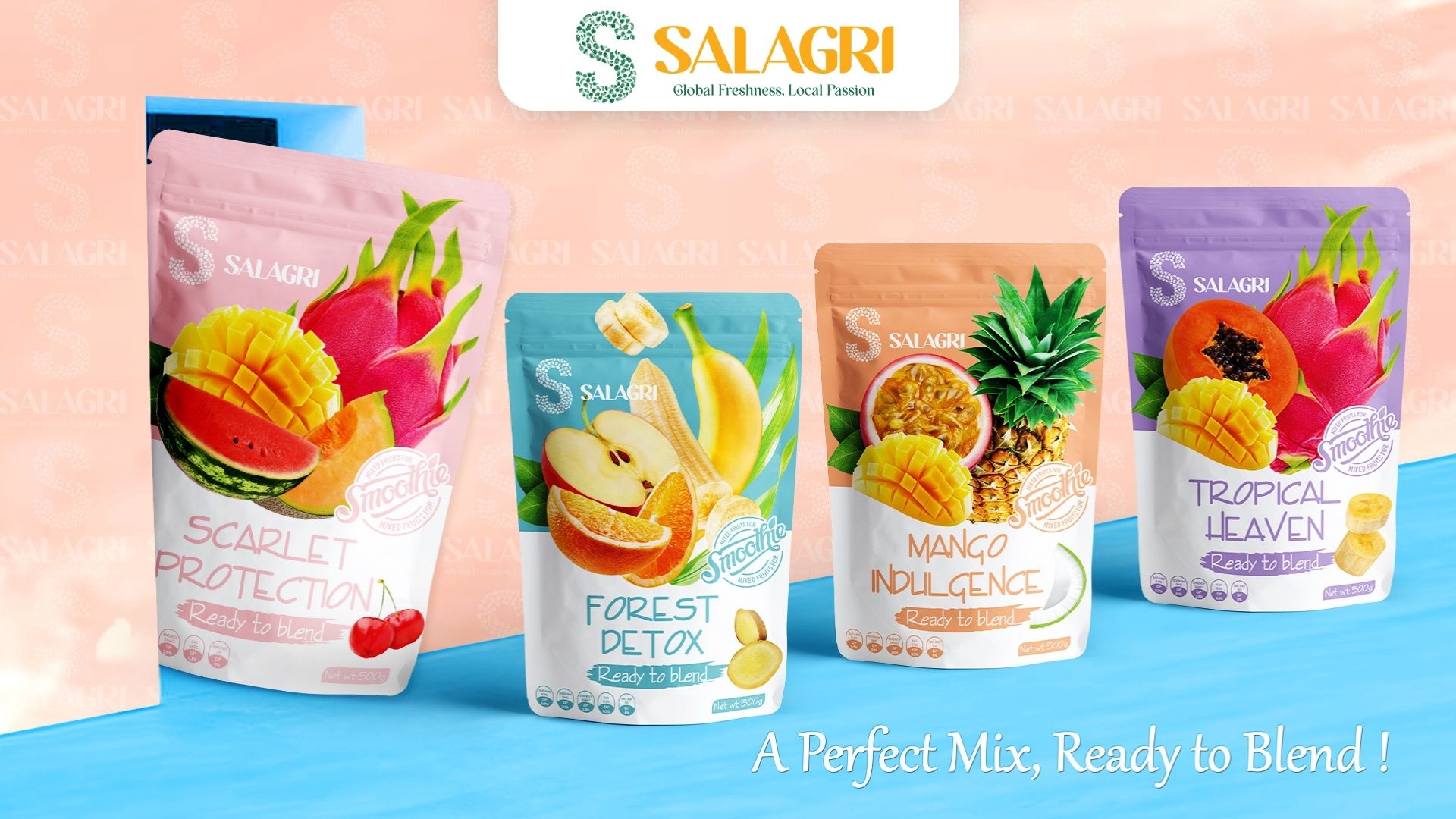
Comparison Table: Frozen Fruit vs. Fresh Fruit
|
Criteria |
Fresh Fruit | Frozen Fruit |
|
Nutritional Value |
High, but nutrients degrade over time. |
High, with nutrients locked in at peak ripeness. |
|
Shelf Life |
Days to weeks, depending on the fruit. |
Up to 24 months at -18°C. |
|
Convenience |
Requires washing, peeling, and cutting. |
Pre-washed, pre-cut, ready to use. |
|
Taste & Texture |
Crisp, juicy, ideal for snacking. |
Softer when thawed, great for cooking/blending. |
|
Availability |
Seasonal, region-dependent. |
Year-round, any season. |
| Cost-Effectiveness | Can be costly out of season. | Reduces waste, often more affordable. |
Practical Applications: How to Use Frozen and Fresh Fruit
- Fresh Fruit: Perfect for snacking, salads, or garnishing desserts. Enjoy them raw to maximize flavor and texture.
- Frozen Fruit: Ideal for smoothies, baking, sauces, and desserts. SALAGRI’s IQF fruits, like mango cubes or passion fruit puree, streamline prep for dishes like tropical smoothies or sorbets.
For inspiration, check out SALAGRI’s top 8 popular tropical frozen fruits for ideas on incorporating mango, dragon fruit, and more into your recipes.
The Verdict: Frozen or Fresh?
So, is frozen fruit as healthy as fresh fruit? The answer depends on your lifestyle and preferences:
- Choose Fresh Fruit if you love the crisp texture and vibrant taste of raw fruit, shop frequently at markets, or prioritize unprocessed produce.
- Choose Frozen Fruit if you need convenience, want to enjoy seasonal fruits year-round, or are preparing cooked or blended dishes.
Both options offer comparable nutritional benefits, so the best choice aligns with your needs. For premium frozen fruits, SALAGRI Fruit delivers top-tier quality, making it easy to enjoy nutritious, flavorful produce any time.
Conclusion: Embrace the Best of Both Worlds
Whether you choose fresh or frozen fruit, both are fantastic ways to boost your diet with essential nutrients. Frozen fruits, like those from SALAGRI’s frozen fruits and vegetables, offer unmatched convenience and longevity, while fresh fruits provide a sensory experience perfect for snacking. By incorporating SALAGRI’s top 6 IQF fruit ranges into your meals, you can enjoy the vibrant flavors of Vietnam’s tropical harvest year-round. Make the choice that fits your lifestyle and savor the health benefits of fruit in every bite.
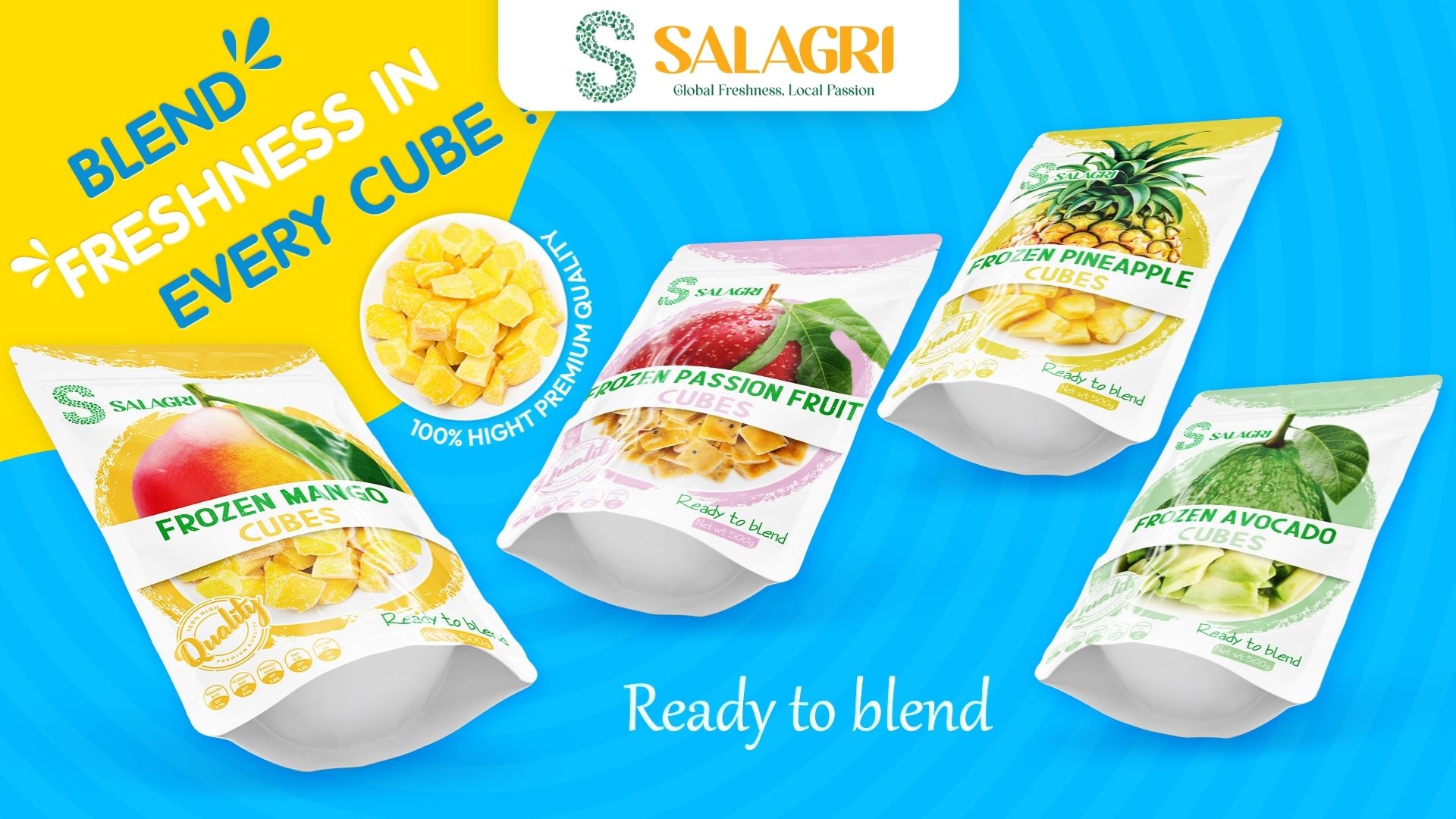
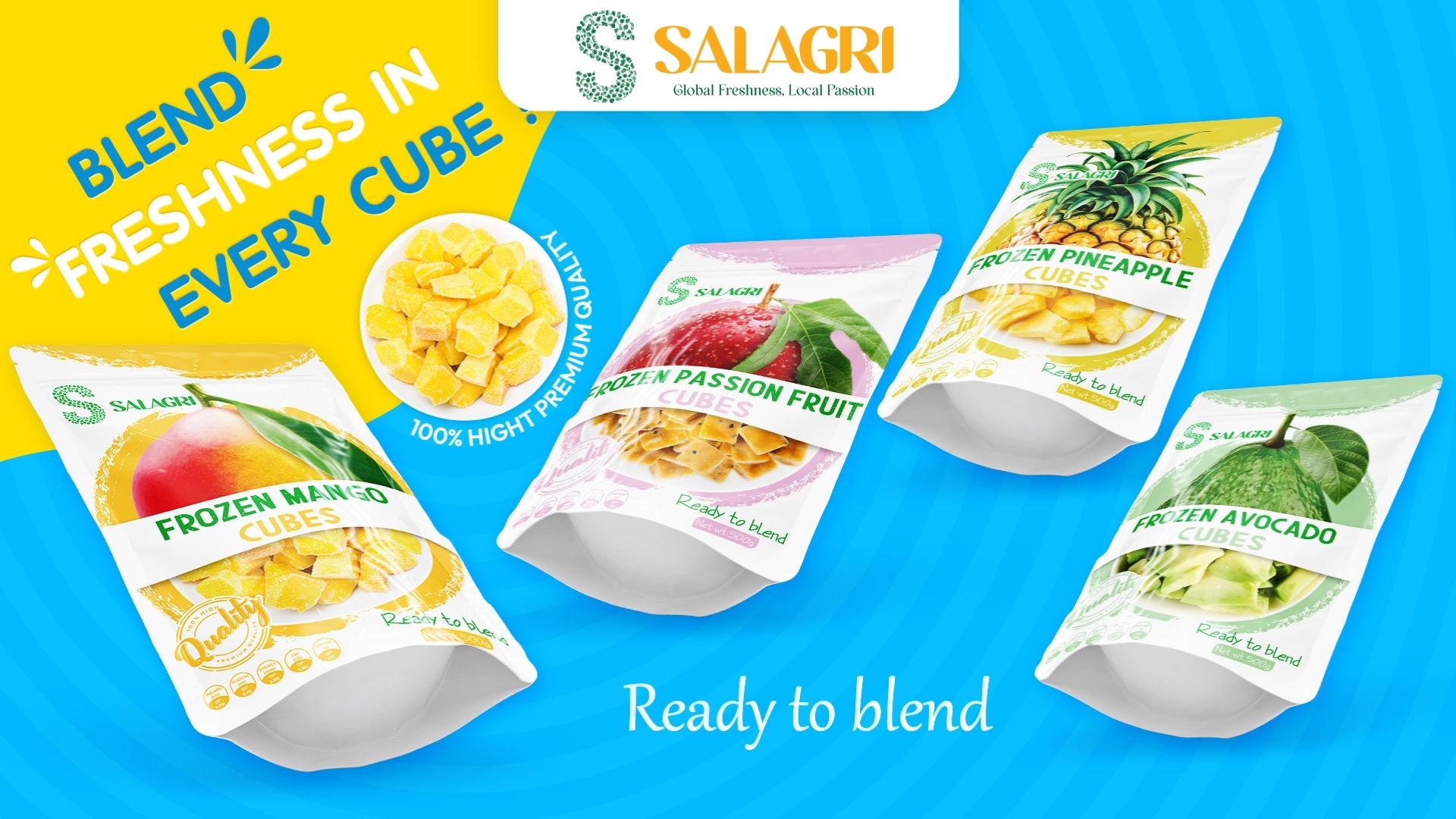
FAQs
- Does frozen fruit lose nutrients compared to fresh fruit?
Frozen fruit retains most of its nutrients due to rapid IQF freezing, often matching or exceeding the nutritional value of fresh fruit that’s been stored for days. - Can I use frozen fruit in place of fresh in recipes?
Yes, frozen fruit is ideal for smoothies, baking, and sauces. SALAGRI’s IQF fruits are pre-cut and ready to use, saving time without sacrificing quality. - How long can I store frozen fruit?
When stored at -18°C, frozen fruit like SALAGRI’s can last up to 24 months, maintaining flavor and nutrition. - Are frozen fruits processed with additives?
SALAGRI’s frozen fruits are 100% natural, free from added sugars or preservatives, unlike many canned fruits.



